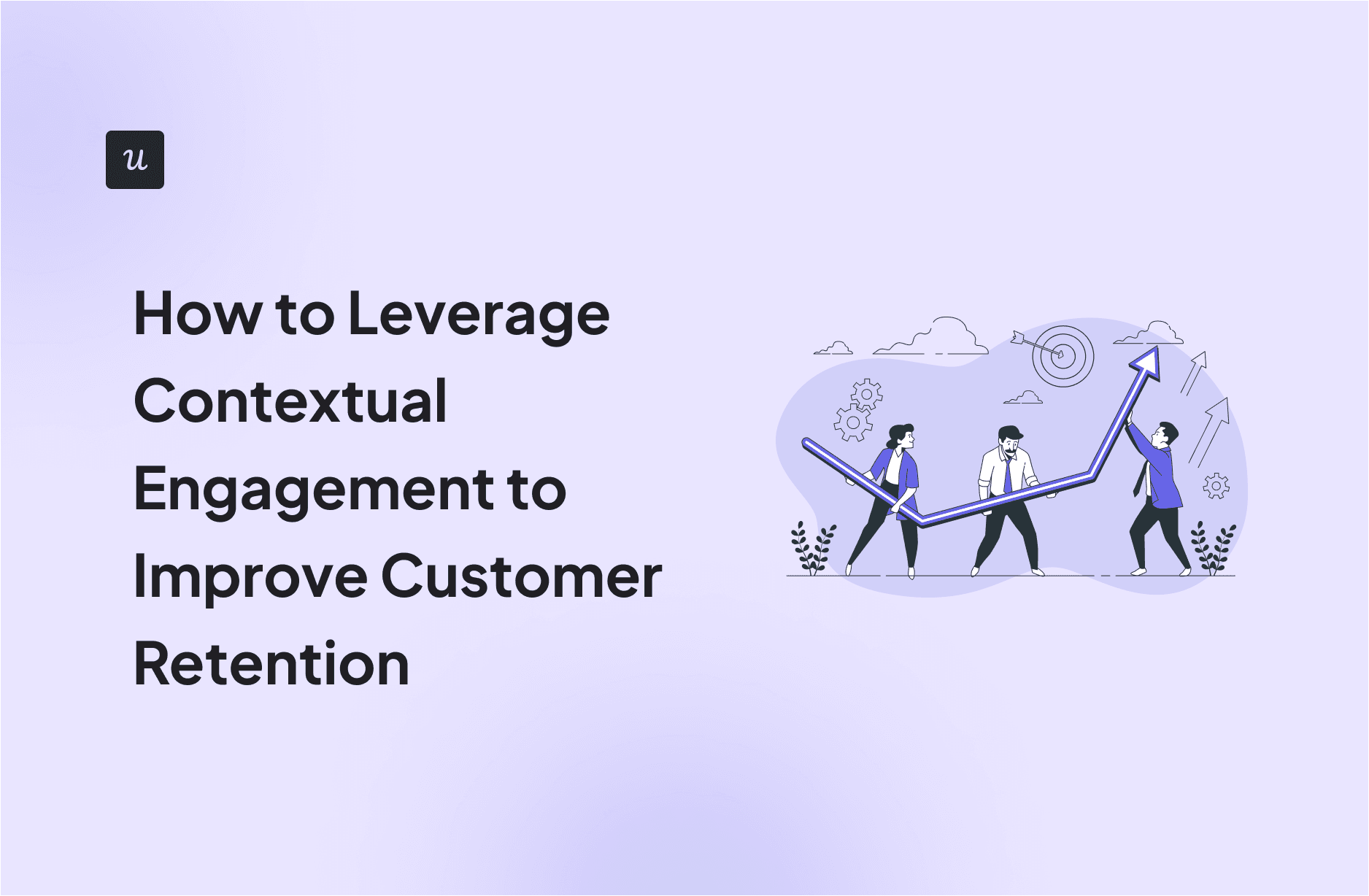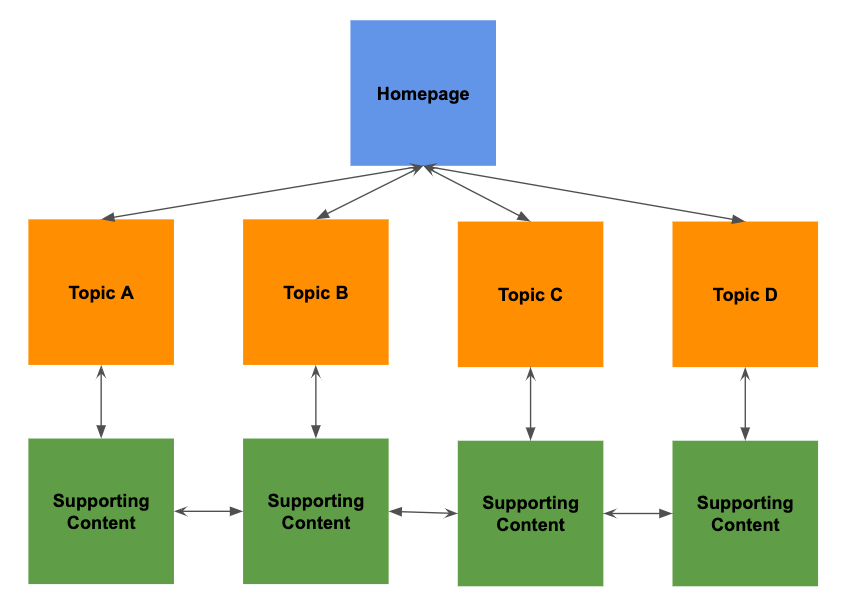
In the ever-evolving world of SEO, one of the most powerful yet often overlooked strategies is the use of contextual internal links. These are not just simple hyperlinks; they are strategic connections that enhance your website’s authority flow by guiding both users and search engines through your content. As search algorithms become more sophisticated, the ability to create meaningful, relevant links within your site has never been more important.
This article will walk you through the importance of contextual internal links, how they impact your site’s SEO performance, and the best practices for implementing them effectively. Whether you’re a beginner or an experienced webmaster, understanding how to leverage these links can significantly improve your site’s visibility, user engagement, and overall ranking in search results.
What Is Contextual Internal Linking and Why It Matters
Contextual internal linking refers to the practice of inserting hyperlinks within your content that point to other pages on your own website, but with relevance and context in mind. Unlike generic “click here” links, contextual internal links are embedded naturally into the text, making them more valuable for both users and search engines.
These links serve several critical functions:
- Improved Crawlability: Search engine crawlers rely on internal links to discover and index new content. A well-structured internal linking strategy ensures that all important pages are easily accessible.
- Enhanced User Experience: Visitors are more likely to stay on your site if they can navigate seamlessly between related topics. This increases dwell time and reduces bounce rates.
- Authority Flow: By strategically linking high-authority pages to lower-performing ones, you pass along link equity, helping those pages rank better in search results.
- Content Relevance: Contextual links signal to search engines that your content is comprehensive and covers a topic thoroughly.
According to industry data, websites with strong internal linking structures tend to rank higher and have better organic traffic than those without. In fact, studies show that pages with 10+ internal links can see up to a 25% increase in traffic over time.
How Contextual Internal Links Impact SEO Performance
The influence of contextual internal links on SEO is multifaceted. Here are some key ways they affect your site’s performance:
1. Boosts Page Authority
When a high-authority page (like your homepage or a cornerstone piece) links to another page on your site, it passes along its “link juice.” This helps the linked page gain authority and rank better for targeted keywords.
2. Improves Content Relevance
Search engines like Google use internal links to understand the relationships between different pieces of content. If you consistently link to related articles, it signals that your site is an authoritative source on a given topic.
3. Increases Indexation
Internal links help search engines discover and index your content faster. Pages that are buried deep within your site may be overlooked unless they’re connected through internal links.
4. Enhances User Engagement
A well-planned internal linking strategy keeps users engaged by directing them to related, valuable content. This can lead to longer sessions, more page views, and ultimately, better conversion rates.
Step-by-Step Implementation Framework

Implementing a successful contextual internal linking strategy requires careful planning and execution. Follow this step-by-step process to optimize your site:
1. Audit Your Current Internal Linking Structure
Start by analyzing your existing internal links using tools like Screaming Frog, Ahrefs, or Google Search Console. Look for:
– Pages with no internal links
– Pages with too many links
– Broken or outdated links
– Opportunities to link to underperforming pages
2. Identify Key Pages for Link Equity Distribution
Determine which pages on your site have the most authority or traffic. These should be used as “linking hubs” to pass value to other pages. Examples include:
– Homepage
– Blog posts with high engagement
– Product pages with strong backlink profiles
– Cornerstone content
3. Create Relevant, Contextual Links
Insert internal links naturally within your content. For example:
– When discussing a topic, link to a deeper dive on the same subject.
– When mentioning a product, link to the product page.
– When writing about a strategy, link to a guide or tutorial that explains it in detail.
Avoid using generic anchor text like “click here” or “read more.” Instead, use descriptive, keyword-rich phrases that reflect the content of the linked page.
4. Optimize Anchor Text for SEO
Anchor text plays a crucial role in SEO. Use variations of your target keywords, but avoid overstuffing. For example:
– “SEO strategies for beginners”
– “How to improve page speed”
– “Top 10 content marketing tips”
This helps search engines understand the context of the linked page and improves its chances of ranking.
5. Maintain a Logical Site Structure
Ensure that your internal links reflect the hierarchy of your site. Pages at the top of the structure (like category pages) should link to subpages, while blog posts should link to related articles and products.
Real or Hypothetical Case Study
Let’s look at a hypothetical case study to illustrate the impact of contextual internal linking.
Scenario: A tech blog has a high-authority post titled “The Future of AI in Marketing.” The post receives significant traffic and backlinks. However, a newer post titled “AI Tools for Small Businesses” is underperforming.
Action Taken: The team decides to add a contextual internal link from the high-authority post to the underperforming one. They use the anchor text “AI tools for small businesses” and place the link within the conclusion section.
Results After 6 Months:
– Traffic to the underperforming post increased by 40%
– Dwell time improved by 20%
– The linked page moved from position 15 to position 7 for the target keyword
This example shows how a single, well-placed internal link can have a significant impact on a page’s performance.
Tools and Techniques for Contextual Internal Linking
To implement a robust internal linking strategy, consider using the following tools:
- Screaming Frog – A powerful tool for crawling your site and identifying internal link opportunities.
- Ahrefs – Helps analyze your competitors’ internal linking strategies and find content gaps.
- Google Search Console – Provides insights into crawl errors and indexing issues.
- Moz Pro – Offers internal linking audits and recommendations.
- Yoast SEO – A WordPress plugin that helps optimize content for internal linking.
By leveraging these tools, you can ensure that your internal linking strategy is both effective and sustainable.
Future Trends and AI Implications
As search engines evolve, particularly with the rise of AI-powered systems like Google’s Search Generative Experience (SGE), the importance of contextual internal links will only grow. AI models prioritize content quality, relevance, and user intent—making well-structured internal links even more critical.
Future trends to watch include:
– More emphasis on semantic relevance: AI will focus on how well your internal links connect related concepts.
– Increased use of natural language processing (NLP): Search engines will better understand the context of your links and their placement.
– Personalized internal linking: AI could tailor internal links based on user behavior and preferences.
To stay ahead, focus on creating a seamless, user-centric internal linking structure that aligns with both your content strategy and search engine algorithms.
Key Takeaways
- Contextual internal links are essential for improving your site’s authority flow and SEO performance.
- Strategic linking helps distribute link equity, improve crawlability, and enhance user experience.
- Use descriptive, keyword-rich anchor text to make your links more valuable for both users and search engines.
- Regularly audit and update your internal linking structure to maintain effectiveness.
- Stay ahead of AI trends by focusing on relevance, quality, and user intent.
By mastering the art of contextual internal linking, you can build a stronger, more authoritative website that ranks higher in search results and delivers real value to your audience.
Meta Title: How to Use Contextual Internal Links to Boost Your Website’s Authority Flow
Meta Description: Learn how to use contextual internal links to boost your website’s authority flow, improve SEO, and enhance user experience.
SEO Tags (5): contextual internal links, SEO strategy, website authority, internal linking, content optimization
Internal Link Suggestions:
– [Parameter #2: Topical Depth & Relevance]
– [Parameter #9: Updated Data & References]
– [Parameter #13: Evergreen & Fresh Balance]
External Source Suggestions:
– https://www.searchenginejournal.com/internal-linking-strategy/
– https://moz.com/blog/internal-linking-guide




